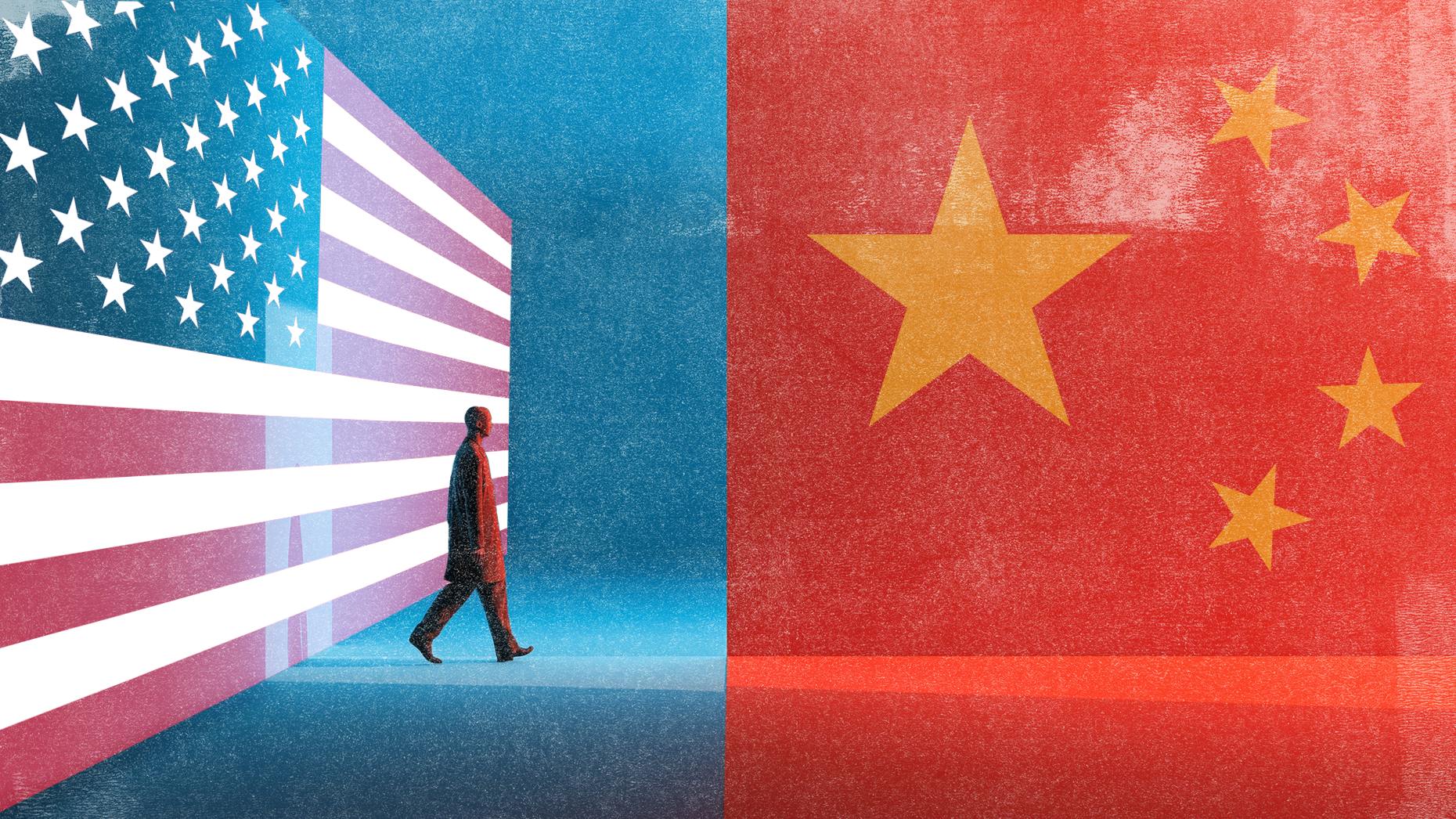
The Great Chinese AI Lab Shakeup: Who's Actually Winning?
A deep dive into the emerging tier list of Chinese AI labs and the seismic shifts reshaping global AI competition.
The global AI race just got a lot more interesting. While Western tech giants dominate headlines, a parallel universe of Chinese AI labs has been quietly building world-class capabilities, and now they’re starting to compete directly on the global stage. The emerging tier list circulating among AI researchers reveals a landscape that’s both more sophisticated and more fragmented than most outsiders realize.
The Tier List That’s Dividing AI Researchers

The debate over which Chinese labs belong in which tier isn’t just academic posturing, it reflects real differences in research output, model performance, and market impact. At the top, you have labs like Alibaba’s Qwen team, which recently dropped Qwen3-Omni ↗, a multimodal model that accepts text, audio, image, and video inputs. This isn’t incremental improvement, it’s a direct challenge to OpenAI’s dominance in multimodal AI.
The tier list discussion reveals interesting fault lines. Some researchers argue Qwen has “surpassed every AI lab, even DeepSeek”, while others question why certain labs like ZAI land in A-tier rather than S-tier. These debates matter because they signal where the smart money, and smarter researchers, are placing their bets.
The Talent War Goes Global
What makes this competition particularly fascinating is the shifting dynamics of AI talent. The U.S. artificial intelligence sector has become so crowded with Chinese researchers that some joke the global AI race is between two groups of Chinese, those in the U.S. and those in China. But that dynamic is changing rapidly.
According to The Information ↗, a growing number of Chinese AI researchers and doctorate students are choosing to return to China rather than staying in the U.S. This reverse brain drain is supercharging Chinese labs with world-class talent that understands both Western research methodologies and Chinese market dynamics.
The implications are profound: when top researchers who trained at Google, Meta, and Stanford return to lead Chinese labs, they bring not just technical expertise but also insights into scaling, productization, and global competition.
Beyond the Big Tech Players
While giants like Alibaba and Baidu get most of the attention, the tier list reveals a vibrant ecosystem of specialized players. Moonshot AI, for instance, has developed a strong following for its design language and K2 model architecture. Inclusion AI has carved out a niche with models optimized for CPU inference on mini PCs, a practical consideration that matters more in real-world deployments than benchmark scores.
Then there are the rising stars like 01-AI, whose Yi models were considered groundbreaking for their time. The fact that they’re still mentioned nostalgically by researchers speaks to the rapid pace of innovation, and obsolescence, in this space.
The Open Source Advantage
Chinese labs have embraced open source with an intensity that’s reshaping global AI development. While Western companies often treat their best models as proprietary crown jewels, Chinese labs like Qwen are releasing state-of-the-art models openly. This isn’t just generosity, it’s a strategic move that builds developer mindshare, creates ecosystem lock-in, and accelerates adoption.
The open source approach also serves as a hedge against geopolitical constraints. By building global communities around their models, Chinese labs ensure their technology survives even if political tensions restrict direct commercial expansion.
The Real Competitive Differentiators
What separates the S-tier labs from the rest isn’t just model performance, it’s a combination of factors that most outsiders miss:
Research reproducibility: The best Chinese labs publish not just papers but fully reproducible code and training methodologies. This transparency builds credibility and accelerates collective progress.
Hardware optimization: With NVIDIA facing export restrictions, Chinese labs are leading the charge in optimizing for alternative hardware stacks, particularly domestic AI chips. This forced innovation may become a strategic advantage as compute costs rise globally.
Multimodal integration: While Western labs often treat different modalities as separate problems, Chinese labs are pushing aggressively toward truly integrated multimodal systems, hence the focus on models like Qwen3-Omni that handle text, audio, image, and video seamlessly.
The Geopolitical Wild Card
No discussion of Chinese AI labs is complete without acknowledging the elephant in the room: geopolitics. Export controls, talent restrictions, and compute limitations create both constraints and opportunities. The labs that thrive in this environment aren’t just technically excellent, they’re strategically agile.
Some observers argue that the very constraints facing Chinese labs are forcing innovation in areas like model efficiency, alternative hardware, and federated learning. While Western labs can throw more compute at problems, Chinese labs are forced to be smarter about how they use limited resources.
Where This Is Headed
The tier list isn’t static, it’s a snapshot of a rapidly evolving landscape. Several trends suggest where we’re headed:
Consolidation is inevitable: With dozens of labs competing, we’ll likely see mergers and acquisitions as the market matures. The question is whether this consolidation will happen along technical lines (similar model architectures) or commercial lines (complementary market focuses).
Specialization will trump generalization: While general-purpose models get the glory, specialized models for specific industries or use cases may prove more commercially viable long-term.
The global/local balance: The most successful labs will likely be those that can balance global research standards with local market understanding. This is where returning researchers with international experience have a particular advantage.
The Chinese AI lab landscape is more than just a footnote to the global AI story, it’s becoming the main event. As one researcher put it, the debate isn’t whether Chinese labs can compete, but which ones will define the next generation of AI capabilities. The tier list discussion is just the beginning of that conversation.



